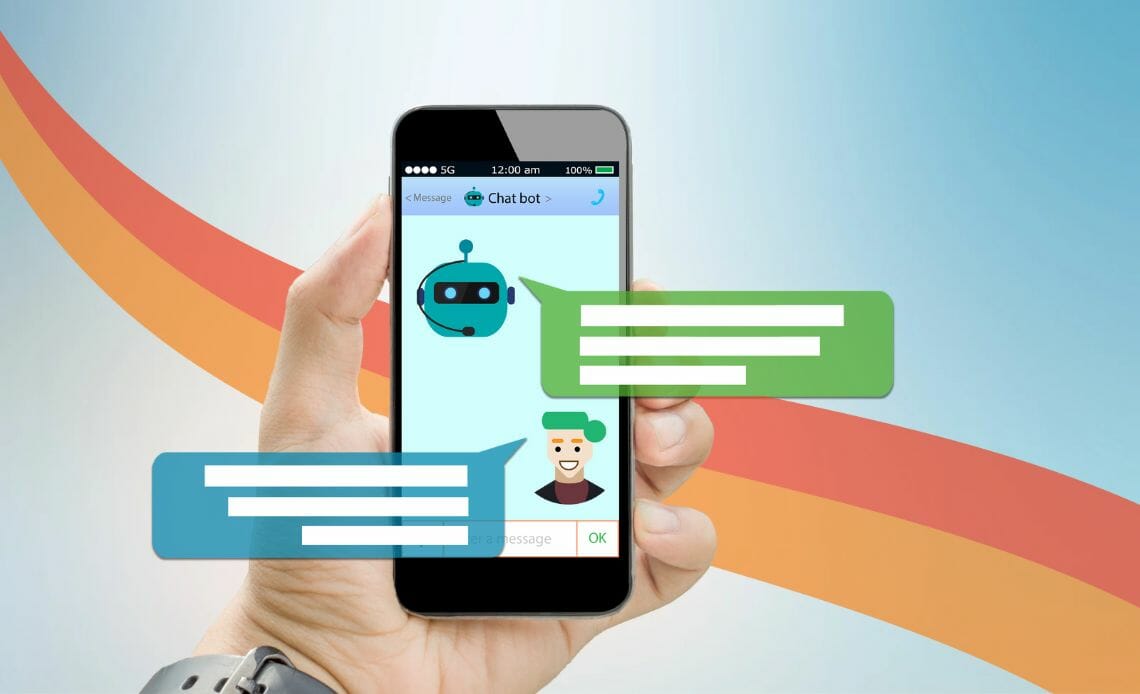
Businesses seek innovative tools and strategies to enhance their customer experiences in the digital landscape. Chatbots, artificial intelligence-driven conversational tools, have surfaced as a game-changer in this domain, revolutionizing interactions and fostering stronger customer relationships.
Table of Contents
Understanding the Power of Chatbots
Chatbots have evolved from mere automated response systems into sophisticated communication channels. They can now understand complex inquiries, provide personalized responses, and predict customer behavior based on past interactions.
Their true power lies in their ability to be available 24/7, answer queries instantaneously, and handle multiple customers simultaneously. This not only leads to improved customer satisfaction but also results in significant cost savings for businesses.
Chatbots and Personalization: A Match Made in Heaven
Personalization has become critical in delivering an exceptional customer experience in today’s fast-paced digital world. With their artificial intelligence and machine learning capabilities, Chatbots can learn from each interaction, providing tailored responses that resonate with individual customers.
Chatbots can remember customer preferences, order history, and even important dates, making every interaction a personalized experience. This level of personalization not only increases customer engagement but also fosters customer loyalty.
The Role of Chatbots in Customer Service
Chatbots are transforming customer service by providing timely and efficient responses to customer queries. They can quickly process and analyze vast amounts of information to provide accurate solutions. Additionally, they can escalate complex issues to human agents, ensuring a seamless customer service experience.
Moreover, chatbots can also automate routine tasks such as booking appointments, processing payments, and tracking orders, freeing up valuable time for customer service representatives to handle more complex tasks.
The Future of Chatbots
The future of chatbots is set to be even more impactful. With AI and machine learning advancements, they are anticipated to become more sophisticated, intuitive, and personalized. They will continue to play a pivotal role in enhancing customer experiences by providing real-time, personalized, and efficient service.
Here is a list of chatbots:
- ChatGPT
- Bing Chat
- Bard
- Communicate
- HubSpot Chatbot Builder
- Intercom
- Watson Assistant
- Drift
- Infobip
- Botsify
- Tidio
- Zoho SalesIQ
- Salesforce
- ProProfs ChatBot
- Freshchat
- Landbot
- Podium
- Mitsuku – Pandorabot
- Imperson
- Bold360
- Meya AI
- Aivo
- ManyChat
- ItsAlive
- FlowXO
FAQs
What is a chatbot?
A chatbot is a computer program that uses artificial intelligence (AI) and natural language processing (NLP) to understand customer questions and automate responses, simulating human conversation.
What is the main advantage of the chatbot?
Chatbots’ ability to make interactions feel more human is one of their many benefits. They have easy conversations with customers and provide individualized service. Based on the user’s input, they can also make specific product and service suggestions.
What are the two main types of chatbots?
Rule-based and AI chatbots are the two most common varieties. The latter requires less data for training and can carry out the task for the consumer without any intervention because of their sophisticated functionality and contextual awareness.
What is the difference between AI and chatbot?
It’s important to note that not all chatbots fall under the umbrella of conversational AI. Rule-based chatbots are not based on standard AI technology; instead, they use keywords and other identifiers in a language to trigger pre-written responses.
Where are chatbots mainly used?
The primary application of chatbots in the modern day is customer service, where they are increasingly replacing humans in roles such as Tier-1 assistance and customer satisfaction.
How do chatbots work?
Chatbots use AI and NLP to understand customer questions and respond to them in a way that simulates human conversation. They can be accessed online via website popups or through virtual assistants.
How can I build a chatbot?
Various tools and platforms are available to build chatbots, including IBM Watson Assistant, Dialogflow, and Microsoft Bot Framework. Some chatbots are now using complex algorithms to provide more detailed responses.
What are some examples of chatbots?
Examples of chatbot technology are virtual assistants like Amazon’s Alexa and Google Assistant and messaging apps such as WeChat and Facebook’s Messenger. Chatbots are ubiquitous on corporate websites, e-commerce platforms, and other customer-facing sites online (on the web or via an app).
Conclusion: Embrace the Power of Chatbots
The advent of chatbots has marked a paradigm shift in how businesses interact with their customers. By offering personalized, efficient, and prompt service, chatbots are revolutionizing customer experiences like never before.
To stay competitive in the digital age, businesses must harness the power of chatbots and integrate them into their customer service strategy. The chatbot revolution is here to stay, and those who embrace it will find themselves at the forefront of customer experience innovation.
Also Read:- Samsung A73 Price in USA: The Ultimate Guide to the Latest Smartphone


1 Comment